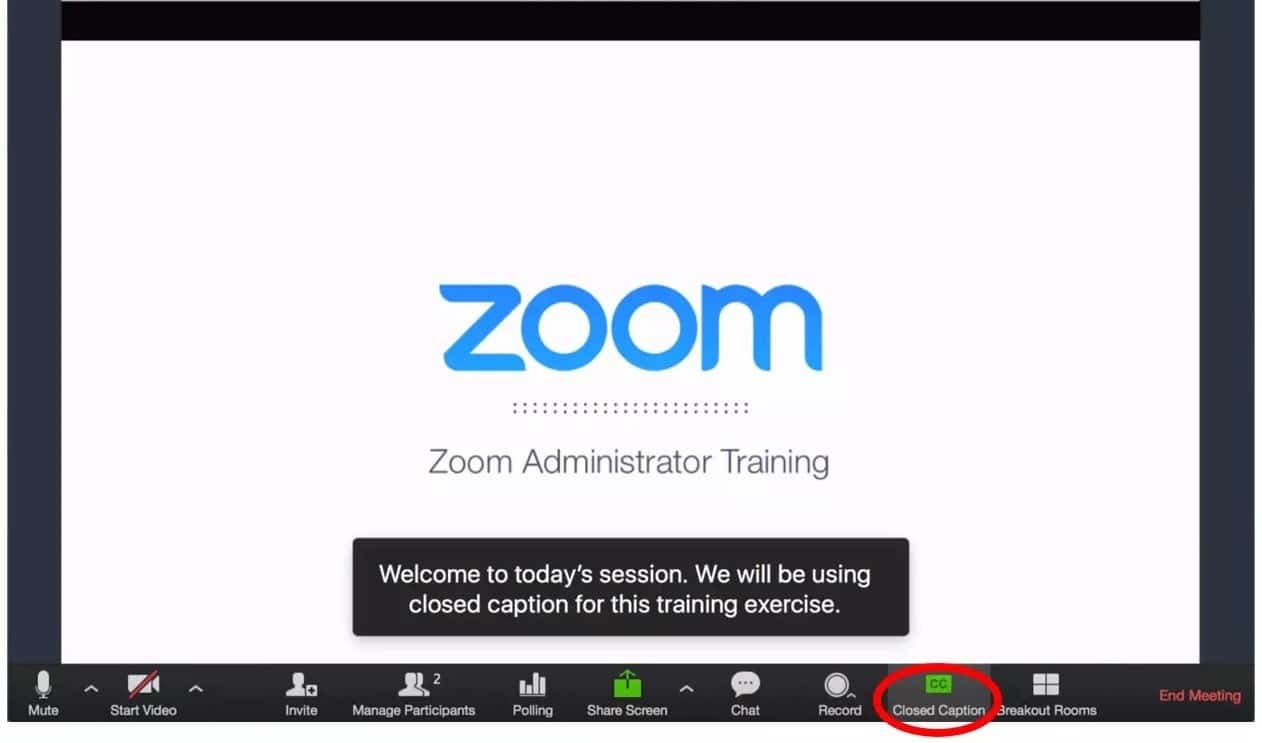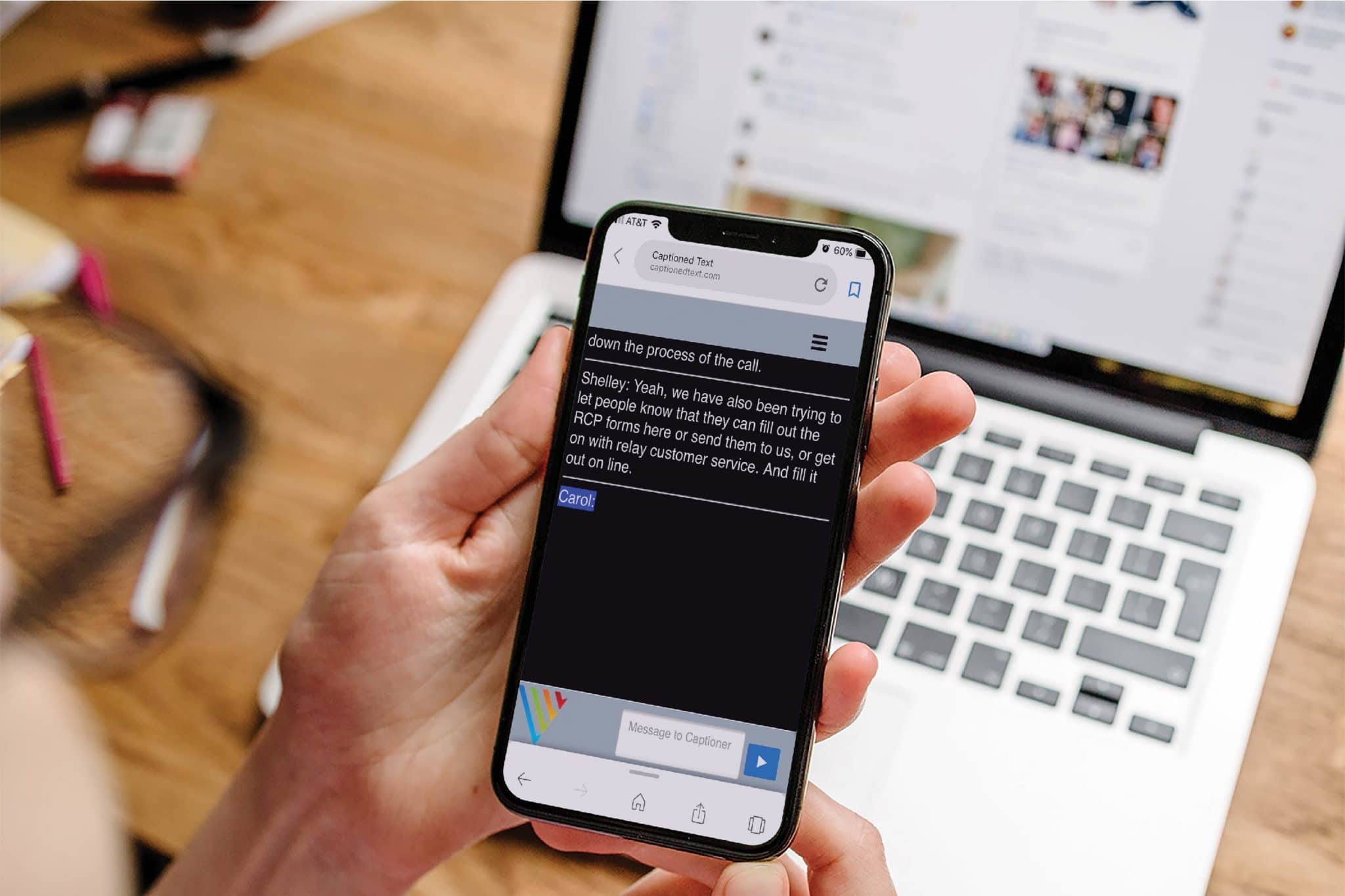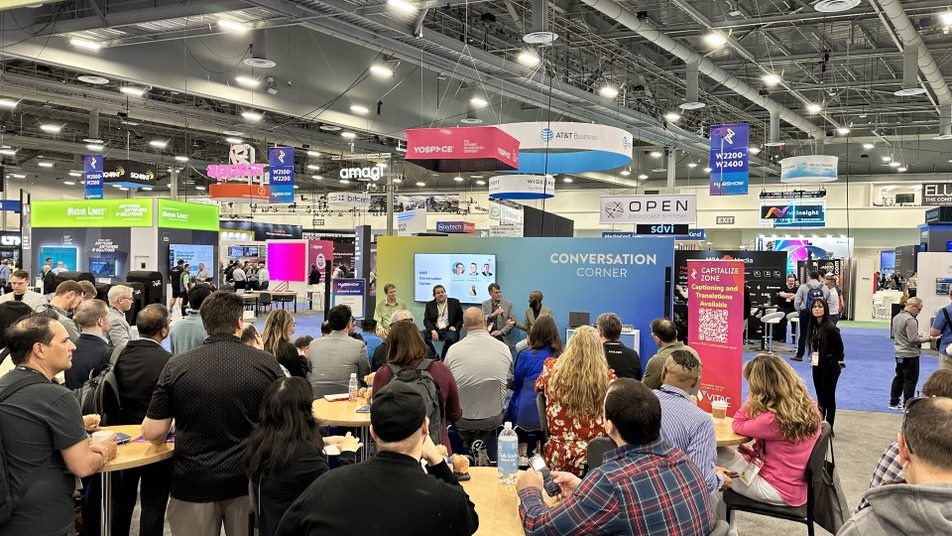As the need for remote meetings and conferences continues to swell so, too, does the need to make those meetings accessible to everyone on the call.
VITAC can bring captions to multiple virtual meeting platforms. Our video conferencing solutions provide accessibility and inclusion for business meetings, community gatherings, or small group chats.
But just as each platform – whether it be Zoom, Google Meet, or Microsoft Teams – is different in how meetings can be conducted, they also are different when it comes to how captions can be integrated (or whether they can be integrated).
Video conferencing services like Cisco Webex, Zoom, Adobe Connect, and On24 are built to embed captions on the same screen as the video. It’s a relatively simple process, and the captions are viewable directly on the screen to everyone on the call or in the meeting.

Other conference platforms, such as Skype, Blue Jeans, GoToMeeting, Highfive, and Global Meet, do not yet offer direct caption integrations, which means that the best way to add captions to these meetings is through a third-party realtime captioning platform, such as VITAC’s Internet Caption Streamer (ICS) service or StreamText. Doing this will display captions on a second screen, such as another monitor or a mobile device like a tablet or smart phone, so that while the meeting is conducted on one screen, the captions will stream on another. Some users also choose to minimize the meeting screen and display both on the same screen.

Though having captions appear on a different screen than the video might not seem ideal for some users, we have heard from people who prefer to view captions on a separate screen or mobile device. Some like the fact that captions do not overlay what’s being shown on the screen while others appreciate that the text can be viewed by anyone having an external display or mobile device.
And there are still other platforms that can provide auto generated captions, but will not work with human third-party captions.
Regardless of what solution or platform you use, the primary goal is that all of your communication is accessible to everyone on the call. And because video conferencing software is constantly updating and evolving, it’s usually a good idea to schedule a captioning test for whatever platform you’re using in advance of the actual meeting just to make sure that captions are showing up in the right spot and are readable.
Platforms with direct caption integrations:
Platforms that require captions in a separate window or screen:
- Google Meet
- Skype
- BlueJeans
- Highfive
- GoToMeeting
- GlobalMeet



